The best Front and Rear Dash Camera for a convertible is a dual-channel system featuring a weather-resistant or internally mountable rear camera, a high-quality sensor with Wide Dynamic Range (WDR) to handle extreme sunlight, and an intelligent 24-hour parking mode to safeguard the vehicle when the top is down. Look for a discreet design and a supercapacitor for heat resistance, ensuring reliability and security without compromising your car's aesthetics.

Table of Contents
- Why Do Convertibles Present Unique Dash Cam Challenges?
- What Are the Must-Have Features for a Convertible's Dash Cam?
- How Do You Install a Rear Dash Cam on Different Convertible Types?
- What is the Ideal Front and Rear Dash Camera System for Your Convertible?
- Answering Your Top Questions on Convertible Dash Cams
Why Do Convertibles Present Unique Dash Cam Challenges?
Driving a convertible is an experience of freedom, but protecting it requires a thoughtful approach. Unlike sedans or SUVs, the open-top nature of a convertible introduces specific vulnerabilities and installation complexities that a standard dash cam setup may not address. Understanding these challenges is the first step toward finding the right security solution.
The most significant challenge is security. When the roof is down, the vehicle's interior is exposed, making it an easier target for theft or vandalism. A reliable surveillance system is not just a nice-to-have; it's a crucial layer of protection. Another major consideration is weather exposure. The rear camera, in particular, may be exposed to rain, dust, and direct sunlight, demanding a much higher level of durability than one protected inside a hardtop vehicle. Finally, the physical act of mounting a rear camera can be complex, as convertibles often lack the traditional rear window or interior surfaces found in other cars.
What Are the Must-Have Features for a Convertible's Dash Cam?
Choosing a Front and Rear Dash Camera for a convertible means prioritizing a specific set of features designed to overcome its unique challenges. Focusing on these key areas will ensure you get a system that offers both comprehensive coverage and long-term reliability.
How Critical is Rear Camera Weather Resistance and Design?
The rear camera is the component most affected by a convertible's design. If you have a soft-top without a permanent rear window, you may need to consider an externally mounted camera. In this case, an IP67 rating or higher is non-negotiable. This certification ensures the camera is protected from dust ingress and can withstand immersion in water, making it safe from rain and car washes.
For convertibles with a glass rear window (common in retractable hardtops or premium soft-tops), a standard interior rear camera can work. However, its design should be as compact and discreet as possible. The constant folding and unfolding of the roof mechanism leaves little room for error, so a low-profile camera is less likely to be obstructed or damaged.
What Makes Parking Mode an Essential Security Tool?
With the top down, your car's interior is on display. A sophisticated parking mode transforms your dash cam from a simple recording device into a vigilant security system. Look for systems that offer 24-hour monitoring powered by a hardwire kit. This ensures the camera remains active without draining your car's primary battery. Key parking features include:
- Impact Detection: A G-sensor detects any bumps or collisions while parked, automatically saving and locking the relevant video file so it cannot be overwritten.
- Motion Detection: The camera begins recording when it senses movement near the vehicle, capturing potential thieves or vandals before they act.
- Time-Lapse Recording: This feature condenses hours of footage into a short, easy-to-review video, providing a complete record of your vehicle's surroundings while parked.
Why Should You Prioritize Superior Video Quality and Glare Reduction?
Convertibles are constantly exposed to harsh, direct sunlight and rapidly changing light conditions. A standard camera can struggle, producing washed-out or overly dark footage. To combat this, prioritize a dash cam with advanced image-processing technology. A 4K resolution front camera paired with a 1080p rear camera provides the clarity needed to capture critical details like license plates.
Equally important is Wide Dynamic Range (WDR) technology. WDR balances the light and dark areas in the frame, preventing bright skies from being overexposed and shadowy areas from being too dark. Systems like the Botslab G980H 4K Dash Cam leverage a premium Sony STARVIS sensor, which excels in low-light conditions and works with WDR to deliver exceptionally clear footage, day or night. This is vital for capturing usable video during a sunny drive or when parked under streetlights.
How Does a Discreet and Heat-Resistant Build Matter?
A large, obvious dash cam can detract from your convertible’s sleek lines and attract unwanted attention from thieves. A discreet, wedge-shaped design that fits snugly behind the rearview mirror is ideal. This minimizes driver distraction and makes the device less noticeable from the outside.
Furthermore, the interior of a convertible can get extremely hot, especially when parked in the sun. Dash cams with lithium-ion batteries can be a safety risk, as high temperatures can cause them to swell or fail. The superior choice is a dash cam powered by a supercapacitor. Supercapacitors are built to withstand extreme temperatures, ensuring more reliable and safer operation in the demanding environment of an open-top car.
How Do You Install a Rear Dash Cam on Different Convertible Types?
Mounting the rear camera is often the biggest hurdle for convertible owners. The correct method depends entirely on your vehicle's top design. Careful planning is required to ensure the camera has a clear view and is not damaged by the roof's operation.
Mounting Solutions for Retractable Hardtops and Glass-Window Soft Tops
If your convertible has a permanent glass rear window, installation is relatively straightforward. You can mount a compact, interior-facing rear camera directly onto the glass using an adhesive pad, just as you would in a standard car. The key is to position it carefully, ensuring it does not interfere with the roof mechanism or any heating elements. Always test the roof's full range of motion after placing the camera to confirm there are no obstructions.
Creative Mounting Options for Fabric-Only Soft Tops
For convertibles without a fixed rear window, you must get more creative. The goal is to find a stable, protected location with a clear line of sight. Here are some common solutions:
| Mounting Location | Pros | Cons |
|---|---|---|
| Third Brake Light Housing | Often centered and high up for a good view. Can be a discreet, factory-look installation. | May require custom fabrication or drilling. Camera choice is limited by available space. |
| On or Near the Roll Hoops | Provides a stable mounting point with a good view, especially when the top is down. | The view may be obstructed when the top is up. Wires can be more difficult to conceal neatly. |
| License Plate Area | A common spot for waterproof, external cameras. Wires can often be routed through the trunk lid. | Low angle may not be ideal. Camera is exposed and more susceptible to dirt and damage. |
When choosing an alternative location, always prioritize a secure mounting that will not vibrate loose while driving. Professional installation may be a worthwhile investment to ensure a clean, reliable, and safe setup.
What is the Ideal Front and Rear Dash Camera System for Your Convertible?
The ideal Front and Rear Dash Camera for your convertible is one that directly addresses the car's unique needs for security, durability, and functionality. It is a system that you can install and trust to perform reliably in all conditions. Before making a decision, confirm the system you are considering meets these critical criteria:
- ✅ Dual-Channel System: Provides comprehensive front and rear coverage.
- ✅ Appropriate Rear Camera: Either a compact internal camera for glass windows or a certified waterproof (IP67+) external camera.
- ✅ Advanced Parking Mode: Features 24/7 surveillance with G-sensor and motion detection, powered by a hardwire kit.
Superior Image Quality:
- High resolution (4K front, 1080p rear) combined with WDR and a high-performance image sensor (e.g., Sony STARVIS) to handle glare and low light.
- ✅ Supercapacitor-Powered: Ensures high heat resistance and operational safety.
- ✅ Discreet Form Factor: A low-profile design that doesn't attract attention or obstruct your view.
- ✅ GPS and Wi-Fi: GPS for logging speed and location data, and Wi-Fi for easy access to footage on your smartphone.
By using this checklist, you can confidently select a dash cam that provides peace of mind, allowing you to fully enjoy the thrill of open-top driving.
Answering Your Top Questions on Convertible Dash Cams
Navigating the specifics of dash cams for convertibles can bring up some common questions. Here are clear answers to the most frequent inquiries.
Can any dual-channel dash cam work in a convertible?
Not necessarily. While any front camera will work, the rear camera is the limiting factor. A standard dual-channel system with an interior rear camera is only suitable for convertibles with a fixed glass rear window. For soft-tops without a glass window, you must choose a system that either offers a waterproof external rear camera option or be prepared to create a custom mounting solution.
What is the best way to power a dash cam for parking mode?
The best and most reliable method is to use a hardwire kit connected directly to your car's fuse box. This provides continuous power for 24-hour parking surveillance without draining your main car battery, as these kits have built-in voltage protection to automatically shut off if the battery level drops too low. Avoid using the car's 12V socket (cigarette lighter), as it typically powers off when the ignition is turned off.
Do dash cams effectively deter theft in open-top cars?
While a dash cam may not stop a determined thief, it can be a powerful deterrent. A visible but discreet camera with a flashing LED in parking mode signals that the vehicle is under surveillance, making it a less attractive target. More importantly, if a theft or act of vandalism does occur, the recorded footage is invaluable for police reports and insurance claims, significantly increasing the chances of identifying the perpetrator.


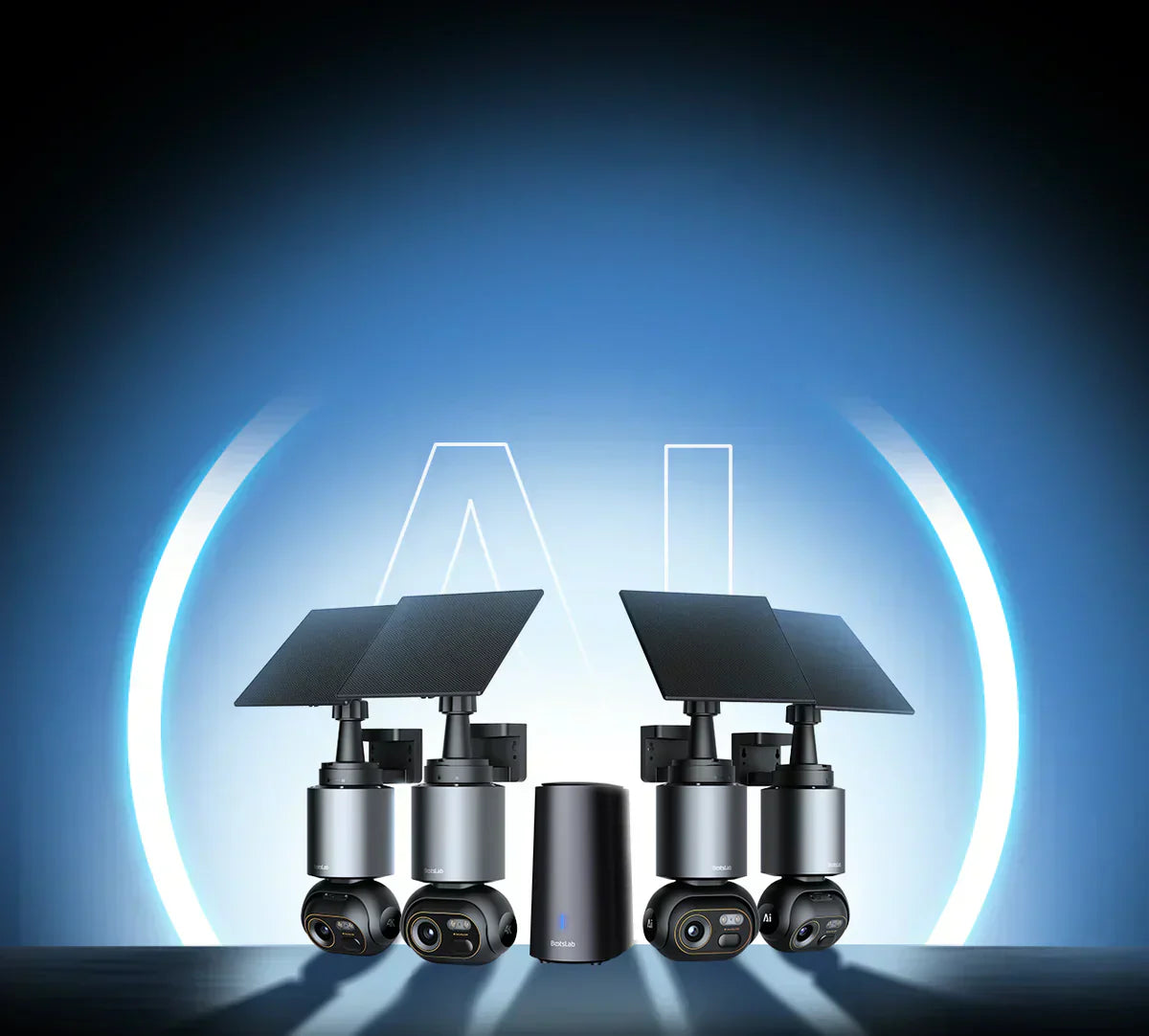
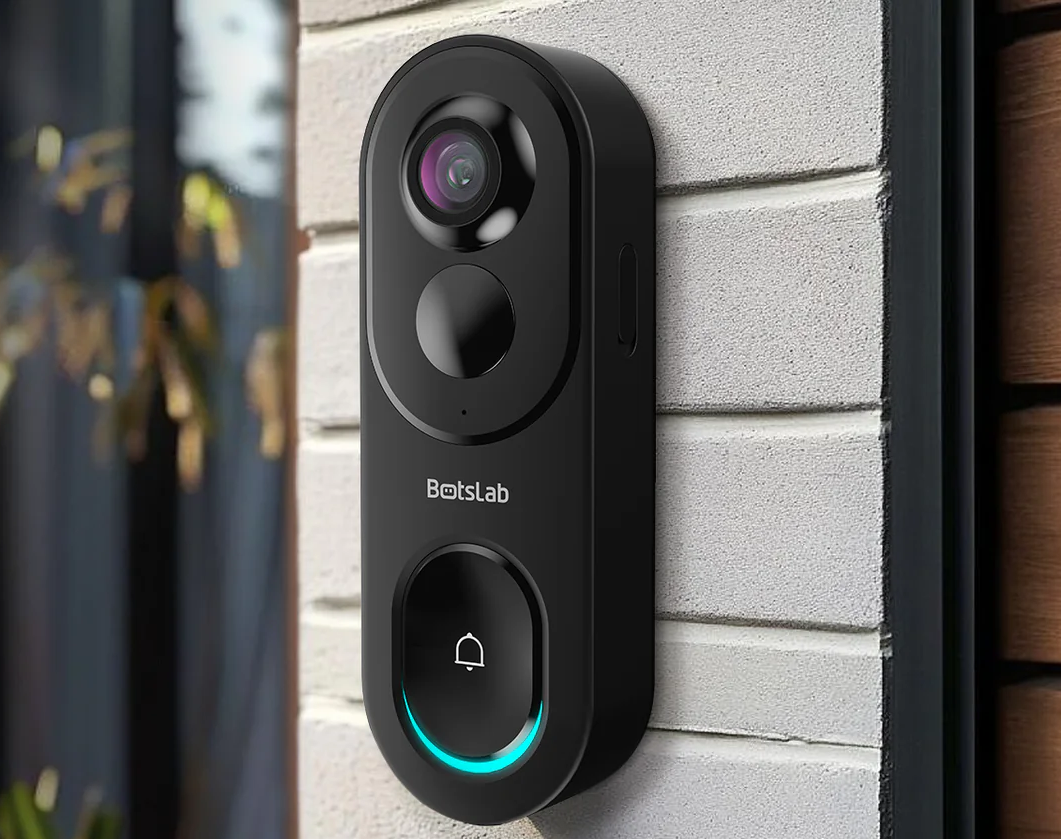
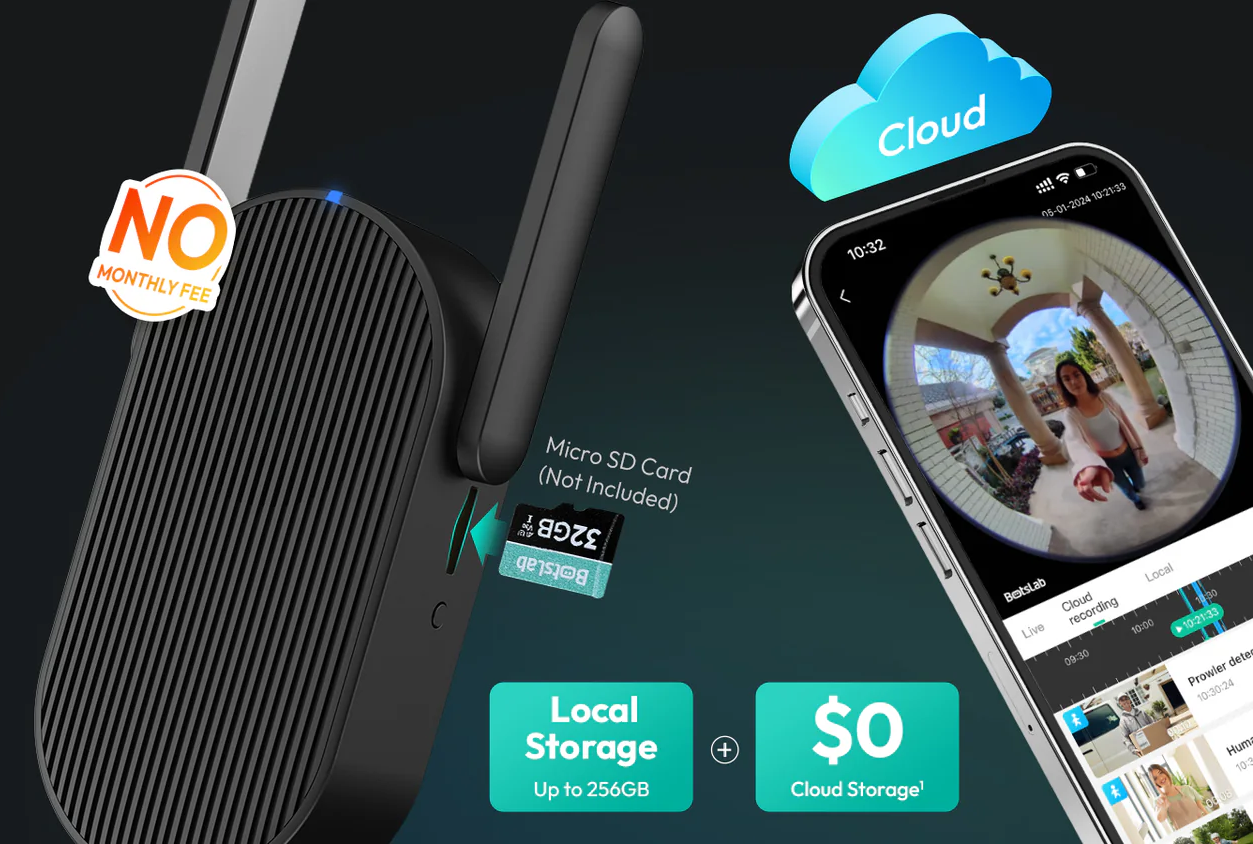



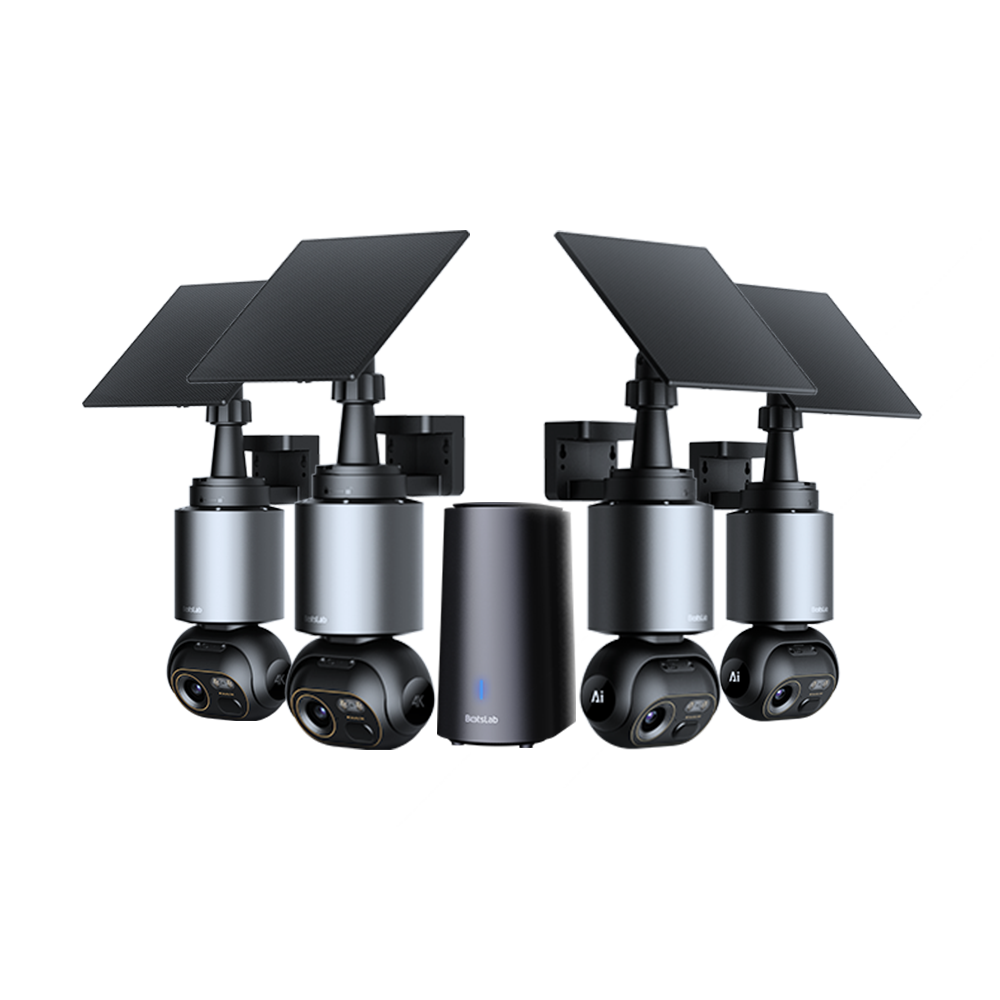




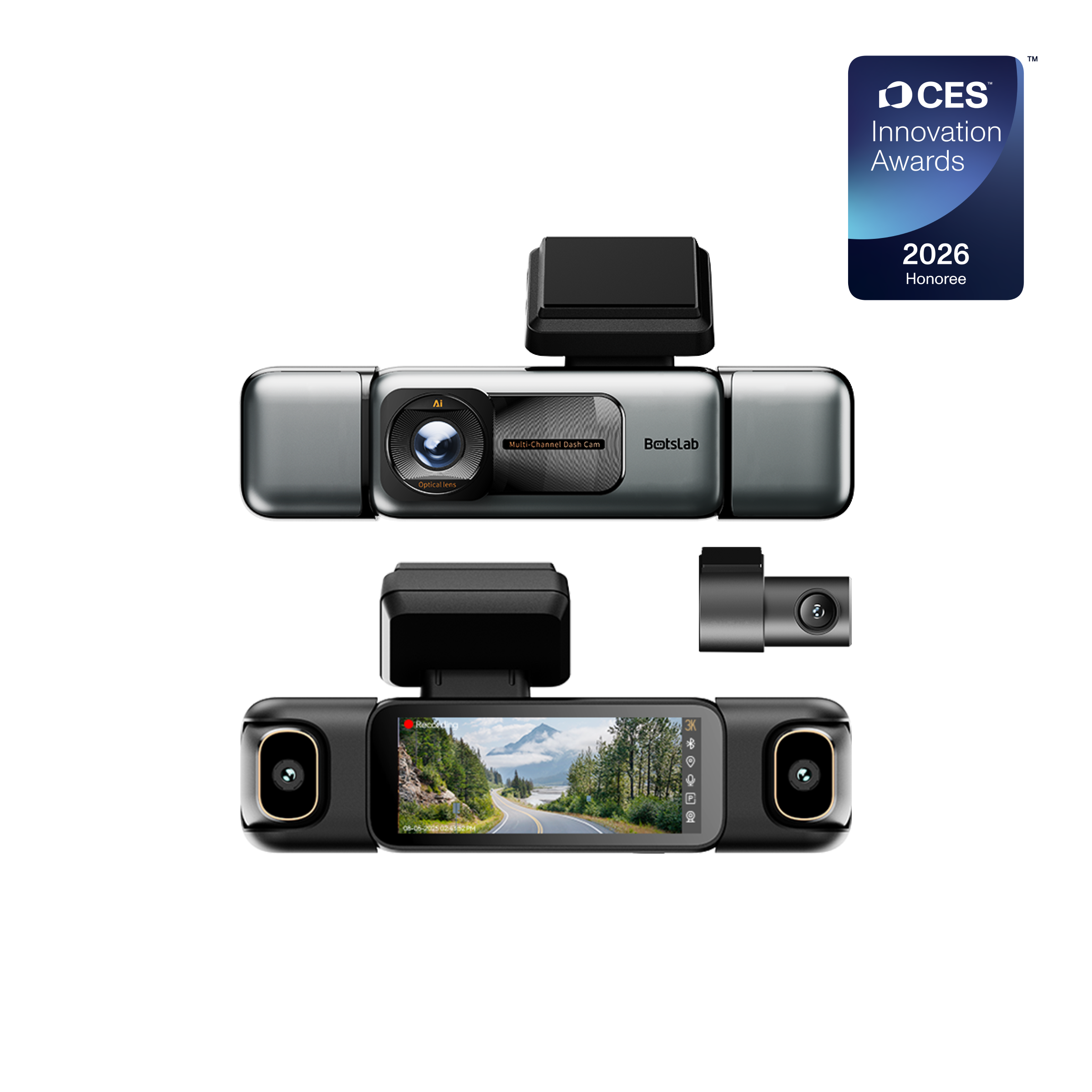
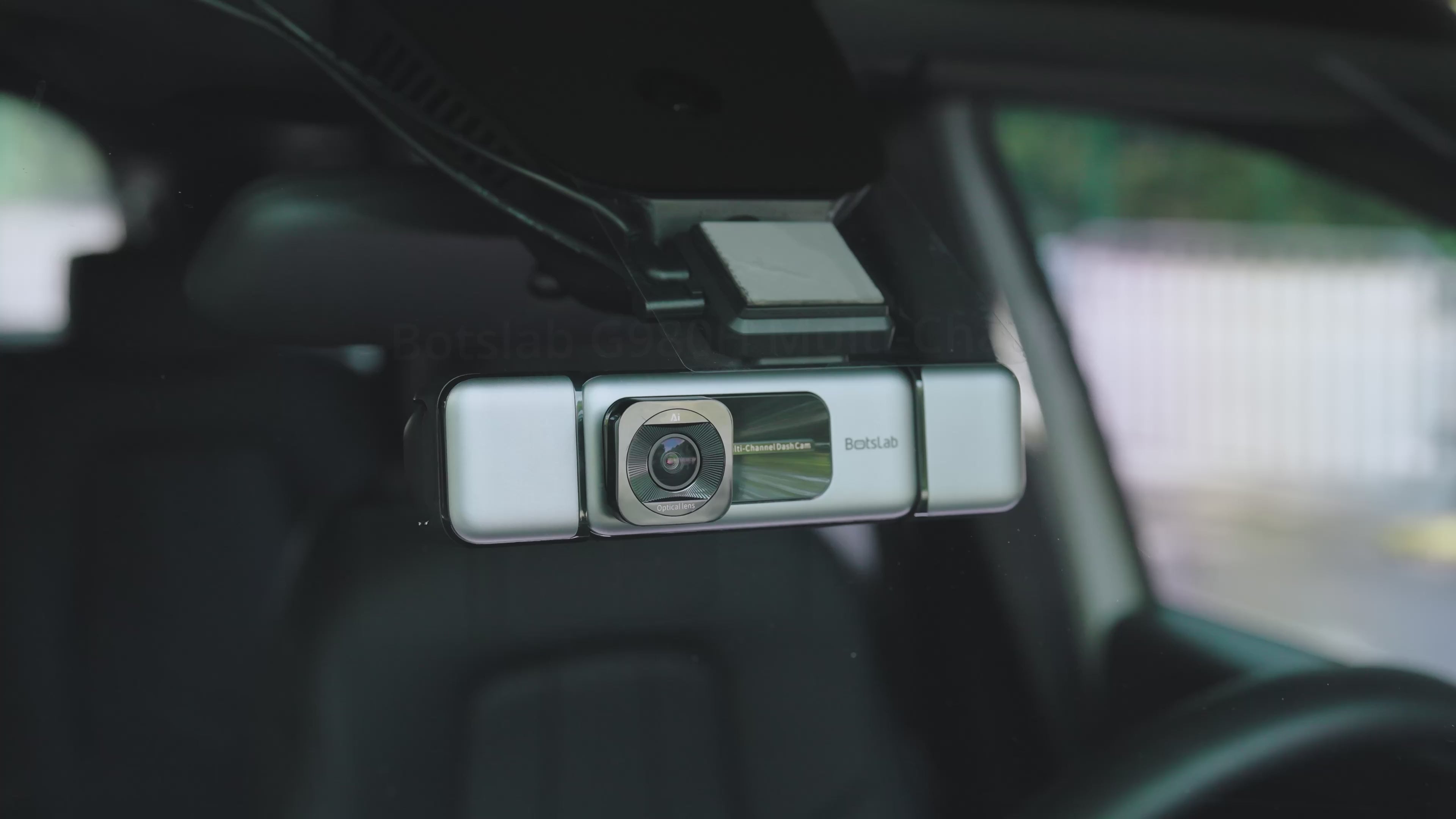
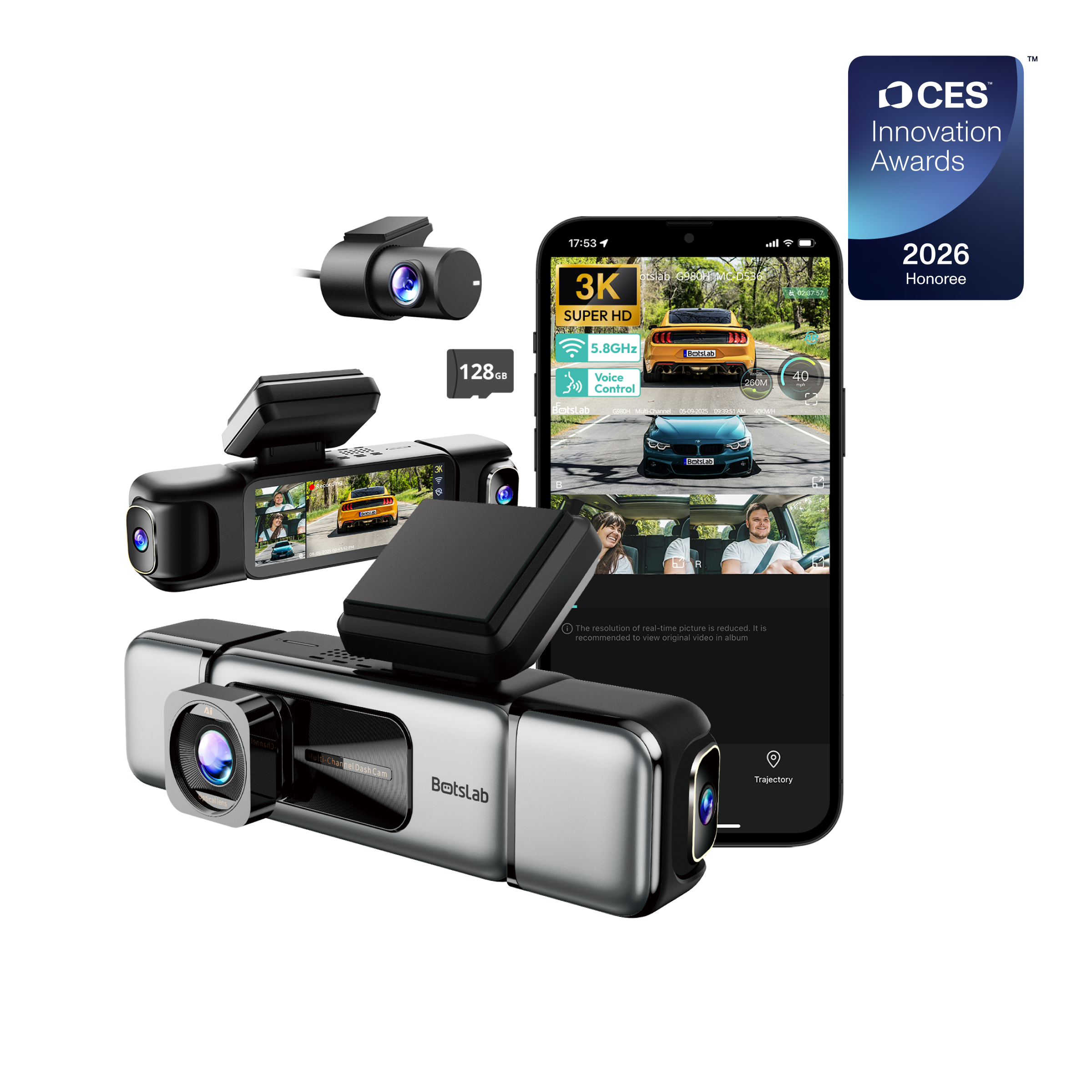

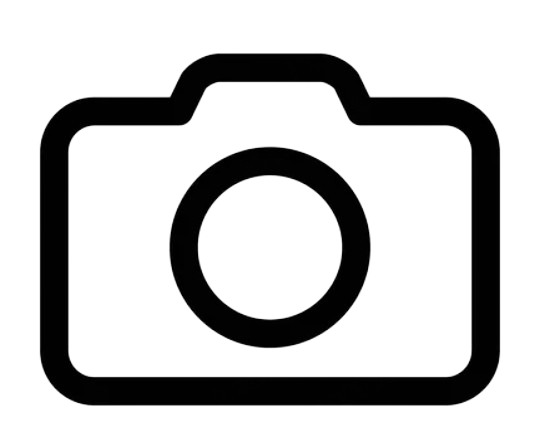


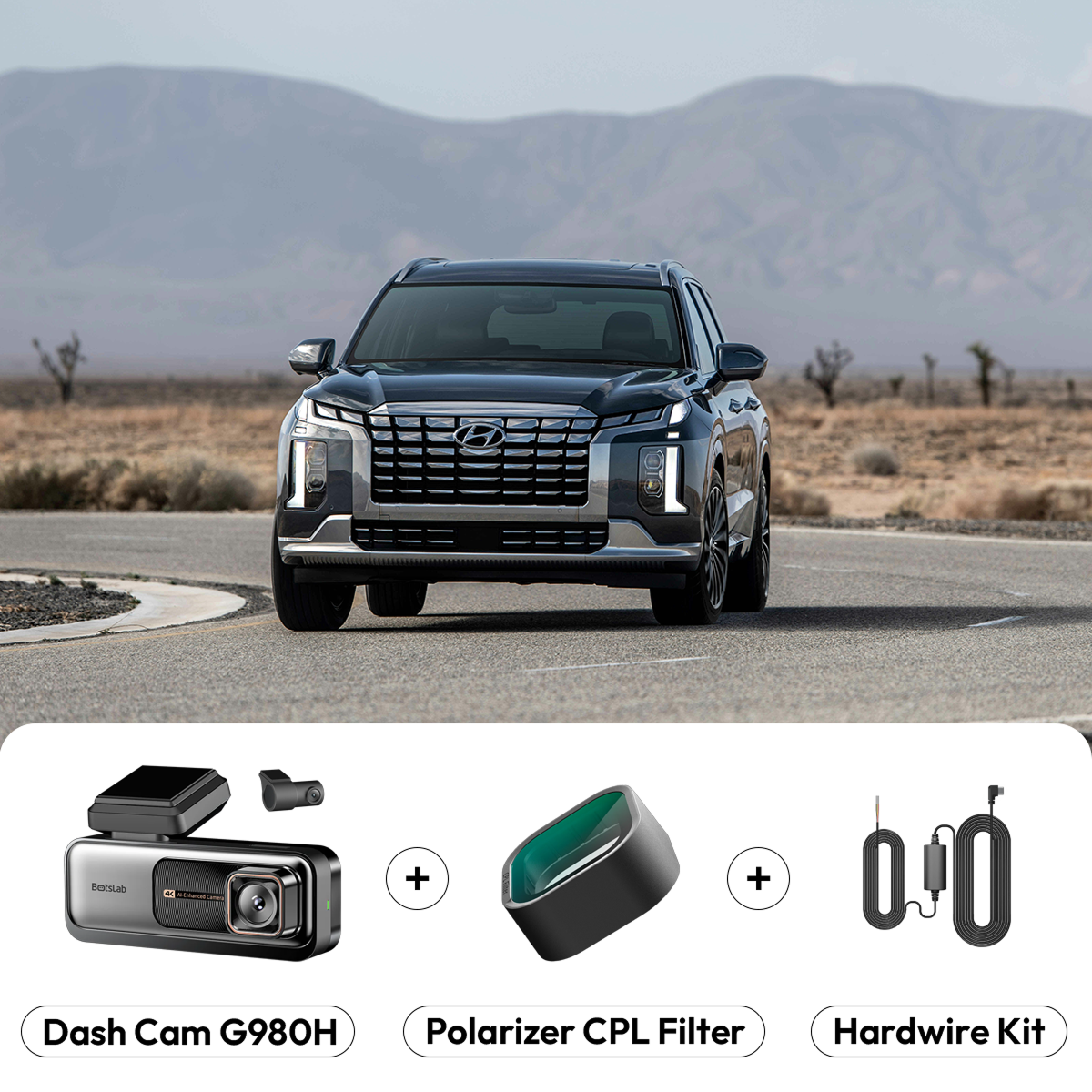


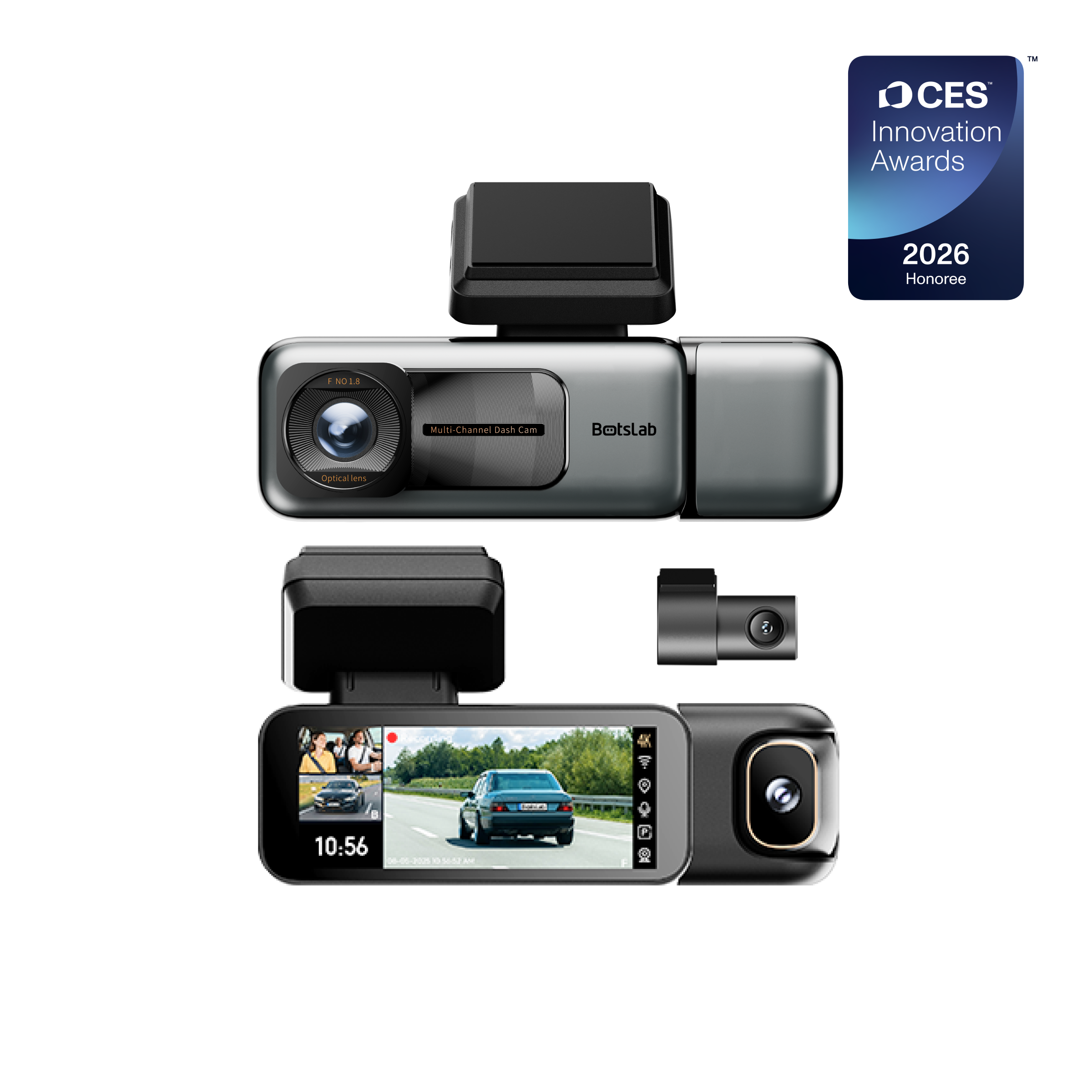
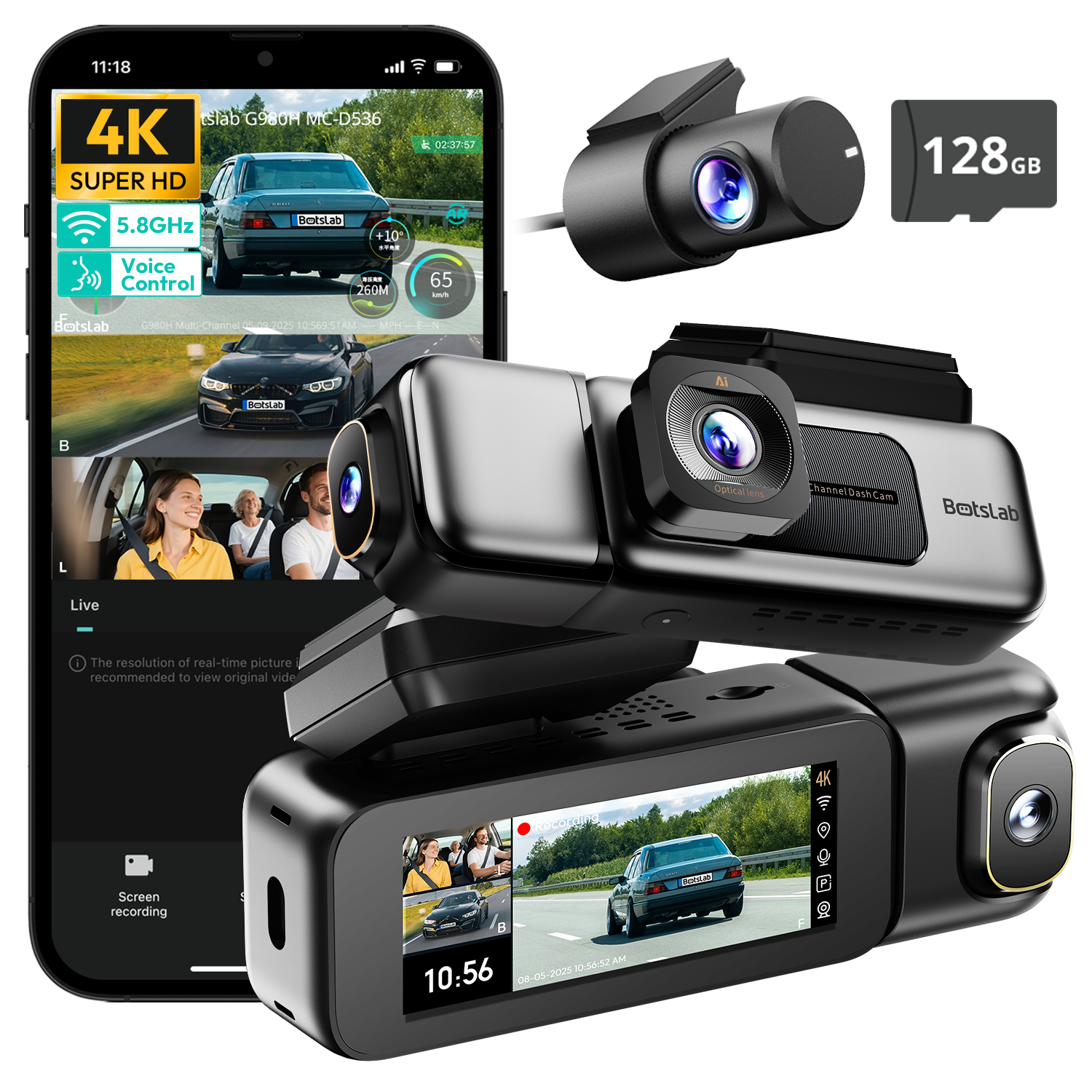



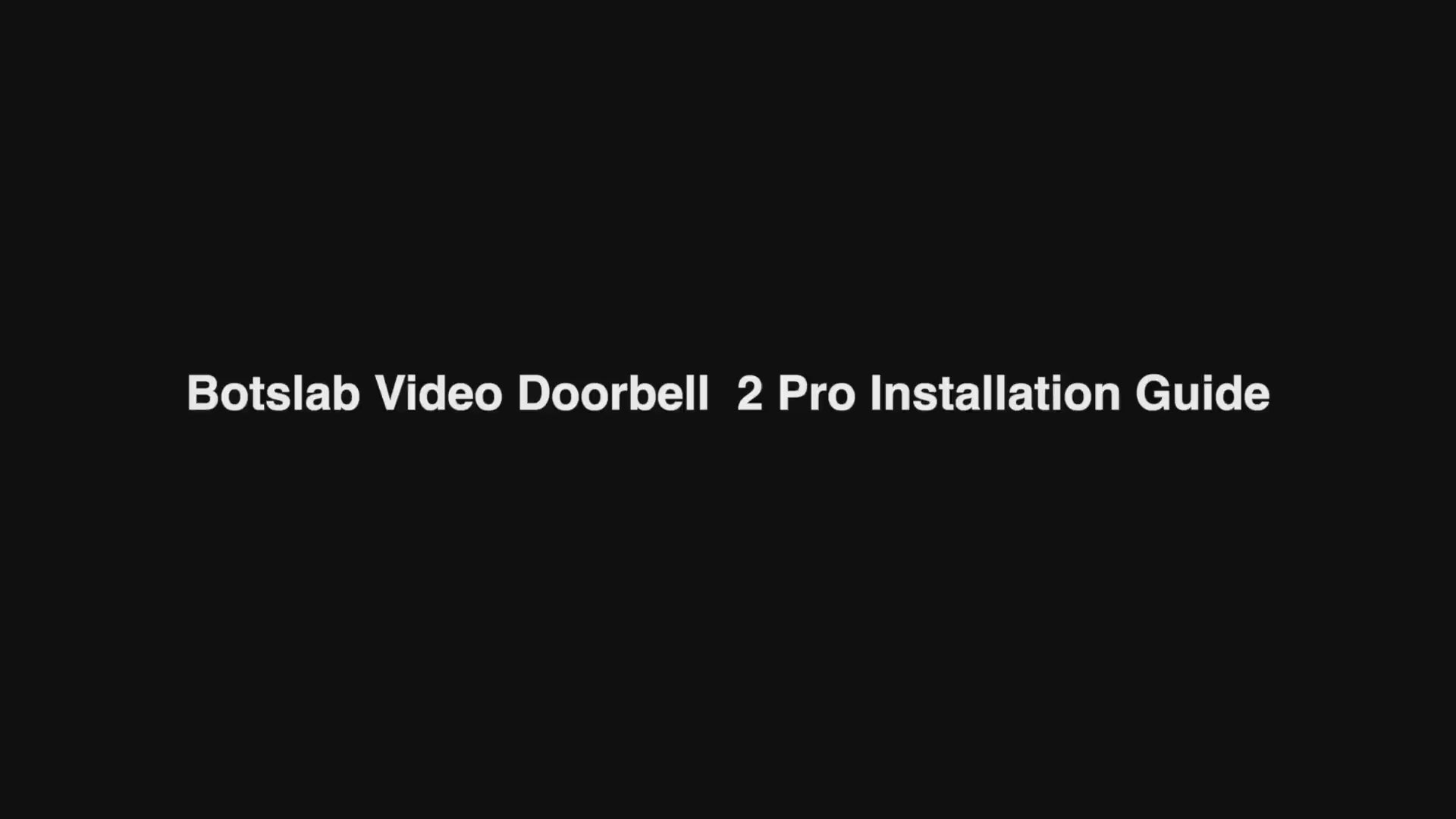
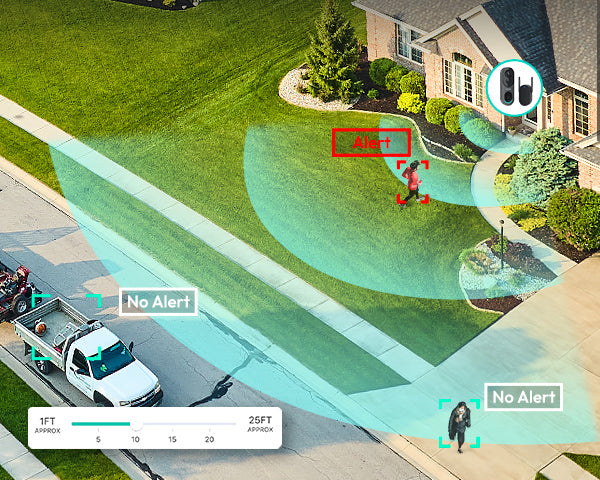




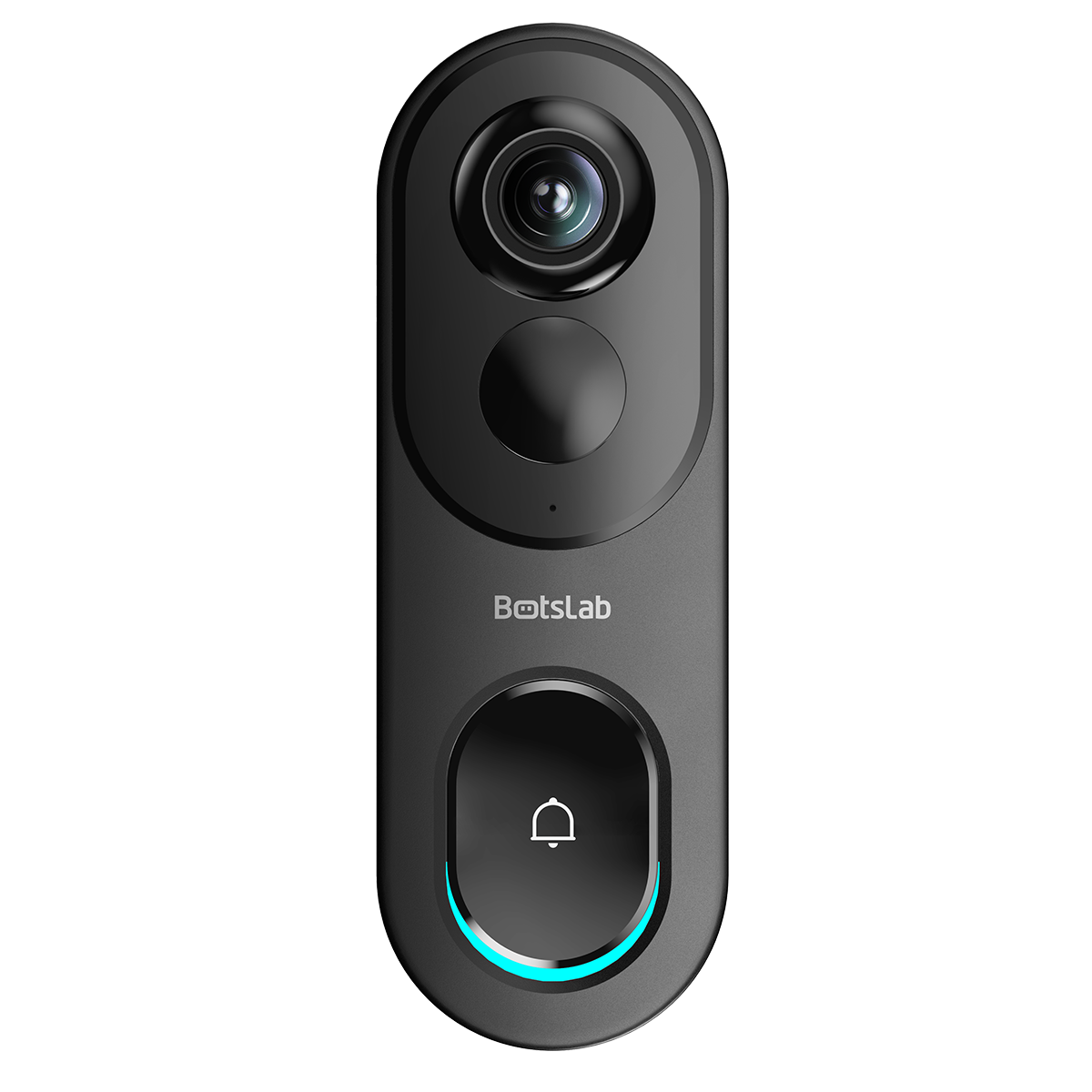

Share:
How exactly does two-way audio technology in security surveillance cameras work?
No Monthly Fee Security Cameras: MicroSD Capacity Limits